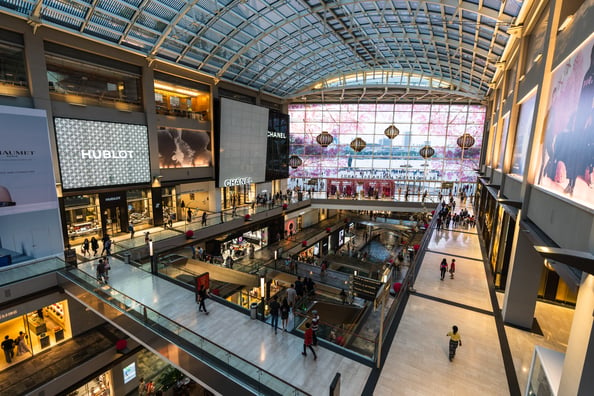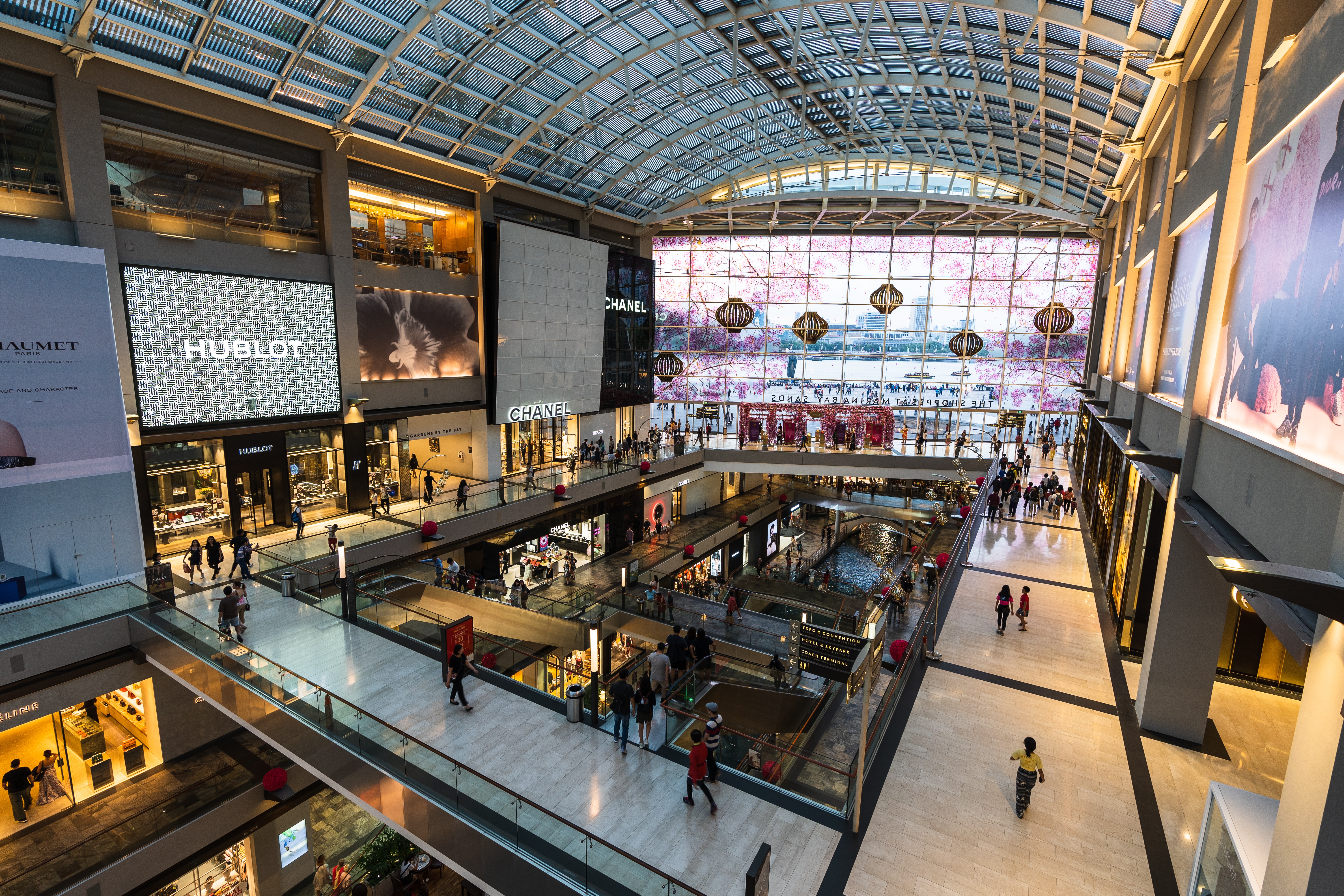Major retailers, including Big Lots and Walmart, are streamlining their logistics networks and reducing warehouse space as supply chain disruptions caused by the Covid-19 pandemic subside and consumer spending patterns shift towards services. The once red-hot market for warehousing demand is cooling down, leading to closures of distribution centers and layoffs of logistics workers.
Big Lots recently closed four forward distribution centers, which were opened during the pandemic to handle bulk products like furniture. However, declining sales and a changing economic landscape rendered the additional capacity unnecessary. The company reported a reduction of $100 million in annual costs in the first quarter, primarily achieved through the closure of these facilities.
Consumer expectations for fast shipping have waned, prompting retailers to reevaluate their logistics operations and inventory levels. With reduced inventory needs, the demand for distribution centers has diminished. The surge in e-commerce during the pandemic fueled a rush for distribution space, but as the economy changes, companies are adjusting their leasing decisions and downsizing.
Amazon, which significantly expanded its fulfillment network during the pandemic, has started scaling back its expansion plans due to slowing sales. Over the past year, the company has closed, canceled, or delayed work on 115 warehouses in the United States. This contraction in the market has also impacted warehouse employment, with job numbers declining.
Walmart is among the retailers making staffing adjustments at its fulfillment centers, laying off over 2,200 workers across the country. The company aims to optimize its network of stores and fulfillment centers to meet the evolving needs of online customers. While Walmart's comparable sales experienced growth, sales slowed during the first quarter as consumers opted for smaller package sizes and store brands to manage their spending.
The shift in consumer preferences away from goods and towards services has influenced the decisions of retailers like Ashley Furniture Industries, which closed a distribution center opened during the pandemic. Home decor and furniture sales surged during lockdowns but have since declined as people redirect their spending towards travel and experiences.
As the industrial real estate vacancy rate starts to increase after a prolonged period of decline, the landscape of warehousing and logistics operations is undergoing transformation. Retailers are adapting to the changing economic environment by reassessing their needs and making strategic adjustments to their supply chains.

 (604) 757 2441
(604) 757 2441